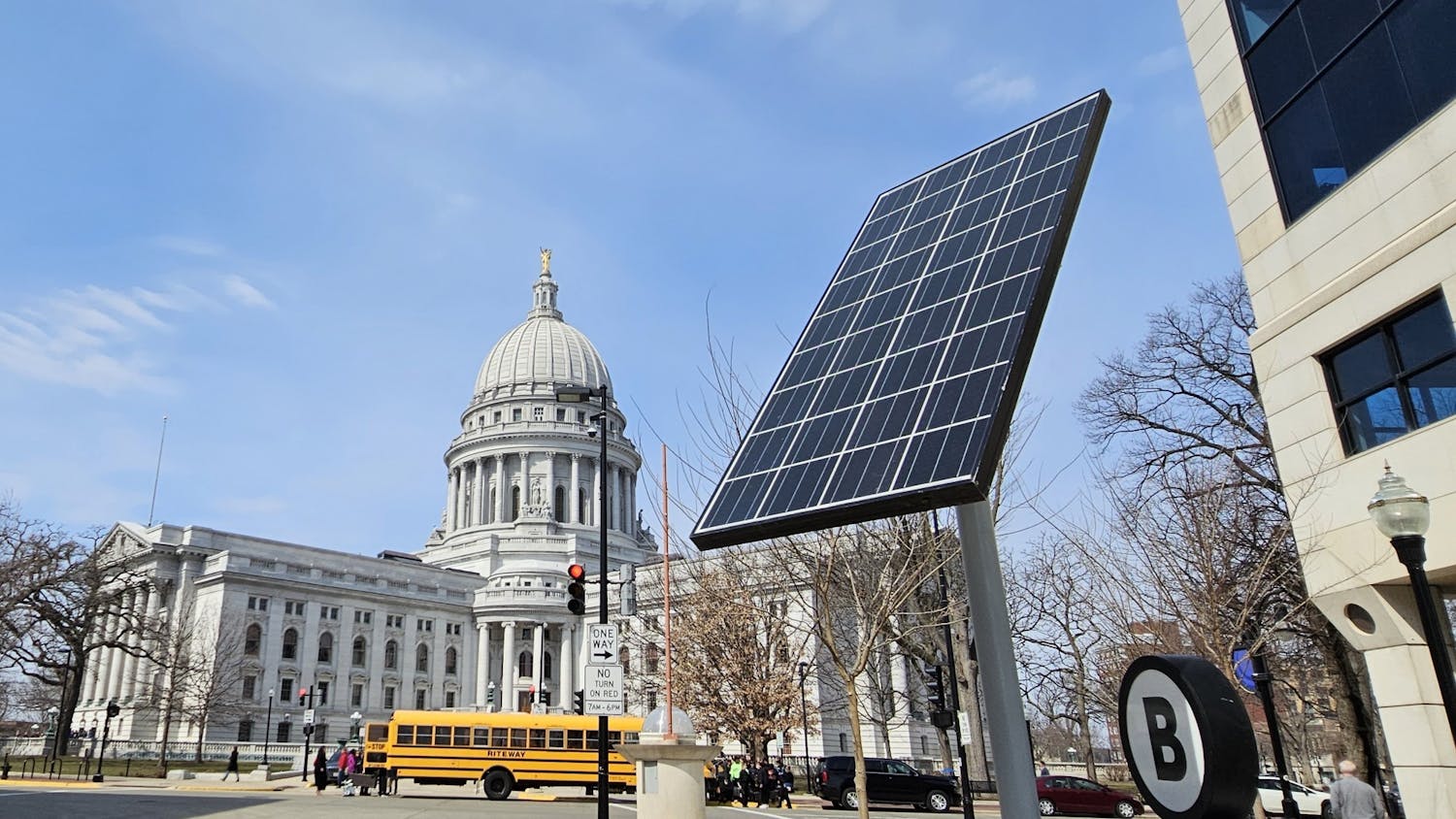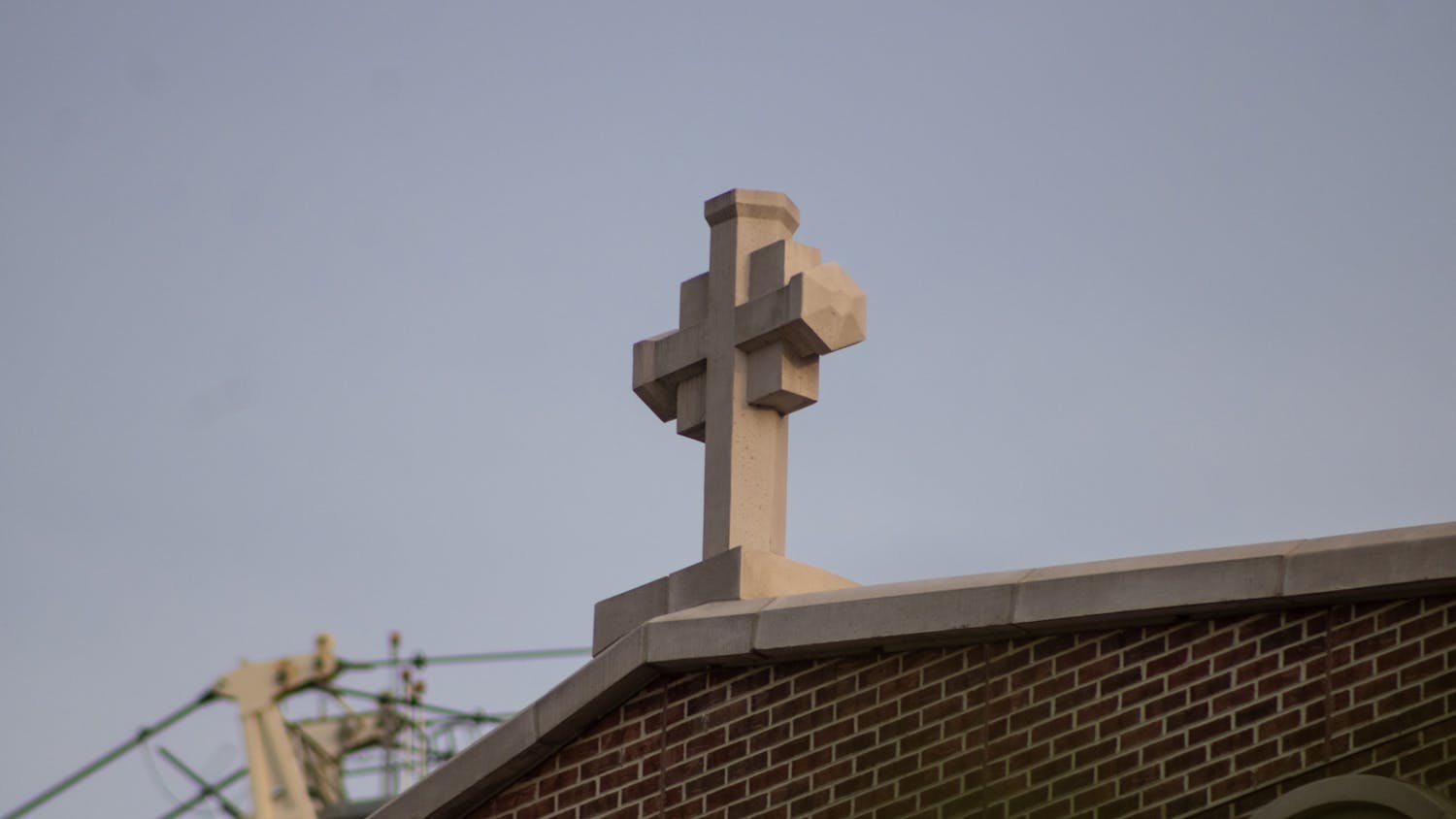Every season brings its own edible specialties. Summer delivers a plethora of sun-ripened fruits and vegetables. Fall tempts us with crisp apples, rich pumpkins and hearty squash. Winter is the inspiration for hot chocolate and Sno-cones. And spring offers the most creative food of all-edible flowers.
Since the time of the Romans, chefs have used flowers to add flavor and a dash of creativity to their dishes. Today those cooking with edible flowers range from gourmets to the average college student looking to experiment with strange plants. Before you start throwing random bouquets into a bowl, there are a few guidelines to follow.
To begin, find flowers that are both edible and clean. Pay special attention to what part of the flowers are edible-in some cases, certain parts of flowers can be poisonous. Never buy flowers from florists, nurseries or garden centers to avoid ingesting pesticides. Flowers growing on the side of the road are just as bad, growing in soil full of road salt, car fluids and other indigestible substances. You can grow the flowers yourself or find a reliable place to buy edible, pesticide-free flowers.
Whole Foods Market of Madison, 3313 University Ave., is one of few grocery stores in the Madison area to carry edible flowers. Adam Clark, a clerk at Whole Foods, attests to the popularity of flowers in the produce section.
\I do believe we sell a fair amount of [edible flowers],"" he said. ""People seem to enjoy them.""
Whole Foods has been carrying marigolds, pansies and packages of mixed edible flowers for about a year. With 12 to 15 packages coming in each week from their provider, Herbal Garden, the supply goes fast.
For more options, try a reputable online specialty food site, like Earthy Delights (http://www.earthy.com). Earthy Delights offers several edible flowers, such as lavender, pansies and roses.
With enough knowledge and a passion for trying new things, anyone can whip up a delicious and eye-catching treat using flowers usually found in bouquets and rock gardens. Each flower has its own distinct flavor, and thus each edible flower listed below has its own unique application.
Violets and their cousin, Johnny-jump-ups or violas, offer a variety of flavors, from minty to sweet to perfumed. The flower, as well as the leaves, are flavorful and safe, but the flower is by far used more because of its beautiful color and versatility. Violets and violas can be easily frozen and put in drinks. They can also be crystallized, making the flowers into gourmet candy.
Pick perfectly formed violets, preferably earlier in the day. Using a clean brush, paint them with lightly beaten egg white. While still wet, dip them in extra-fine sugar. Dry in an oven at very low temperatures or food dehydrator until crisp. This can take up to 24 hours depending on humidity. Eat or use to decorate immediately, or gently remove and store them in an airtight container. This method also works well for violas and other small flowers.
Calendula is also known as pot marigold, and had pale yellow to deep orange petals. Because of their slightly bitter taste, calendula compliments tangy flavors. The petals are added to soups, pasta and rice, as well as salads and butter, lending food a nice yellow tint.
6-8 fresh calendula blossoms
1/2 cup butter, room temperature
1/2 cup sugar
grated rind of two oranges
2 tbsp. orange juice concentrate at room temperature
1 tsp. vanilla
2 eggs, lightly beaten
2 cups flour
2 1/2 tsp. baking powder
1/4 tsp. salt
1 cup almond halves
Preheat oven to 350. Pull petals off calendulas and set aside. Cream butter, sugar and orange rind until fluffy. Add orange juice concentrate and vanilla. Mix in eggs, stirring until blended. Sift together flour, baking powder and salt. Blend calendula petals and dry ingredients into creamed mixture. Drop dough by teaspoonfuls onto cookie sheet. Press an almond half into each cookie. Bake 12 to 15 minutes until golden brown.
Lavender flowers have a burst of flavor that compliments many dishes well. Its sweet flavor, emphasized by citrus undertones, tastes good in ice cream and chocolate cake, as well as in dinner dishes such as stews and wine sauces.
Crust:
1 1/2 cups total graham cracker crumbs
1/2 cup melted butter
1/4 cup sugar
1/2 cup chopped walnuts
Filling:
24 oz. softened cream cheese
1 1/2 cups sugar
6 eggs
2 cups sour cream
2 tbsp. cornstarch
1 tbsp. lemon juice
1 tbsp. crushed dried lavender buds
1/4 tsp. vanilla extract
Topping:
8 oz. sour cream
1 1/2 tbsp. sugar
1 tsp. whole dried lavender flowers
1/4 tsp. vanilla extract
Preheat oven to 350 degrees. Combine the crust ingredients and press firmly into the bottom and up 2 inches of the sides of a 9-inch springform pan. Chill. With mixer on high speed, beat the cream cheese and sugar till smooth. With mixer on low, add the eggs, sour cream, cornstarch, lemon juice, lavender and vanilla. Blend all ingredients on medium speed for three minutes. Pour the mixture into the chilled crust and bake for one hour. Turn off the oven and leave cake in for 30 minutes longer. Remove and let cool in pan. Chill. Mix sour cream with the remaining three ingredients and spread over the top of the cheesecake. Cover and refrigerate. To serve, remove the rim of the pan, loosen the cheesecake from the bottom and slide onto a plate.





